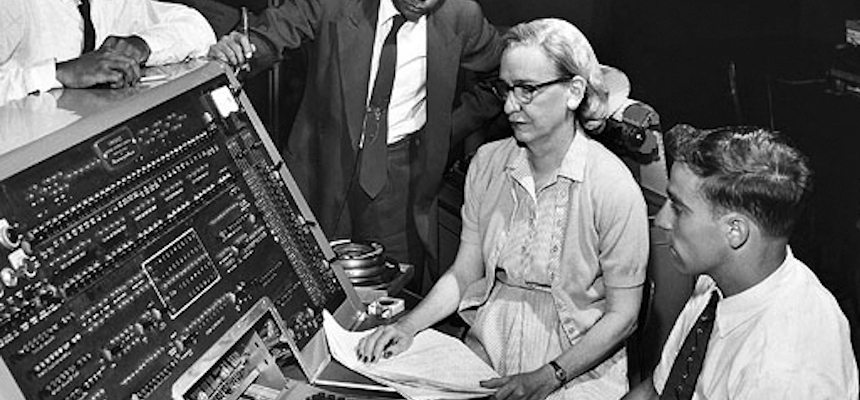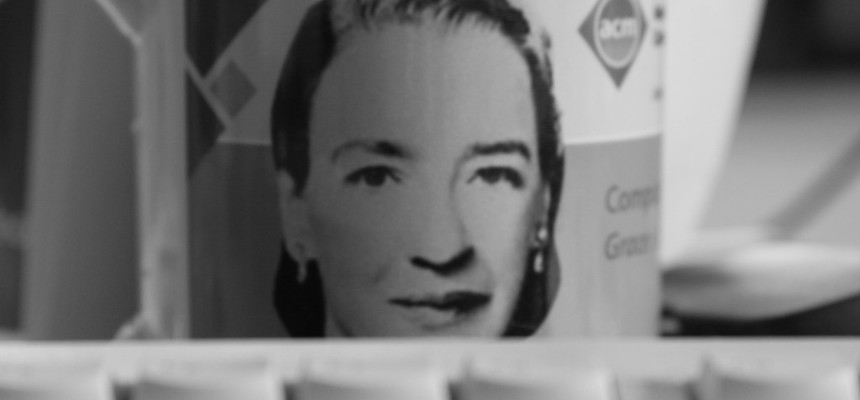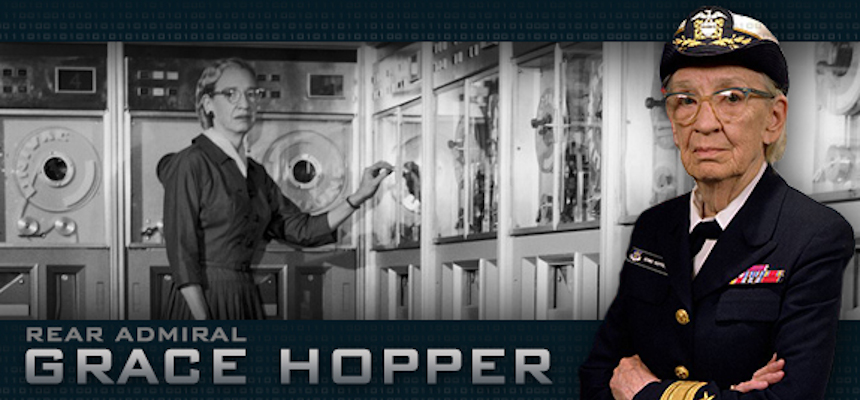In 2019, COBOL celebrates its 60th. birthday, and as part of the celebrations, INTERON, together with Veryant, launched the "We are 60" campaign, which celebrates the innovation, evolution and experience of this programming language that fulfills its mission every day.
Celebrating 60 years in a market where so many new technologies are born as easily as they become extinct, confirms the evolutionary power of COBOL, its competence in its purpose and its brilliant journey into the future!
The new isCOBOL 2019 R2 version released in September 2019 is a commemorative version of the 60th anniversary of COBOL, which offers incredible new features and technologies for language and developers. And as every birthday requires a party, in October 2019, Veryant will hold a meeting in Italy, with new generations and people dedicated to the future of COBOL.

 !
!






